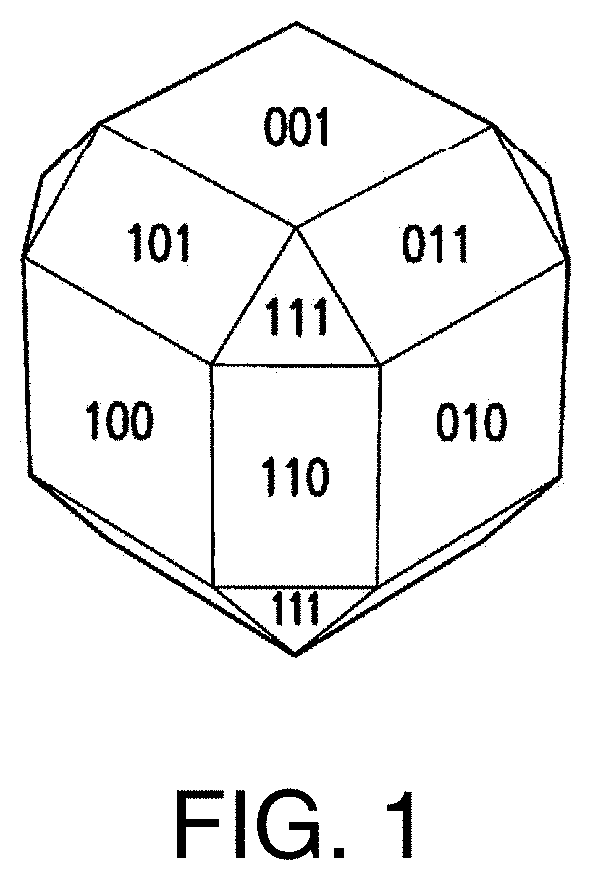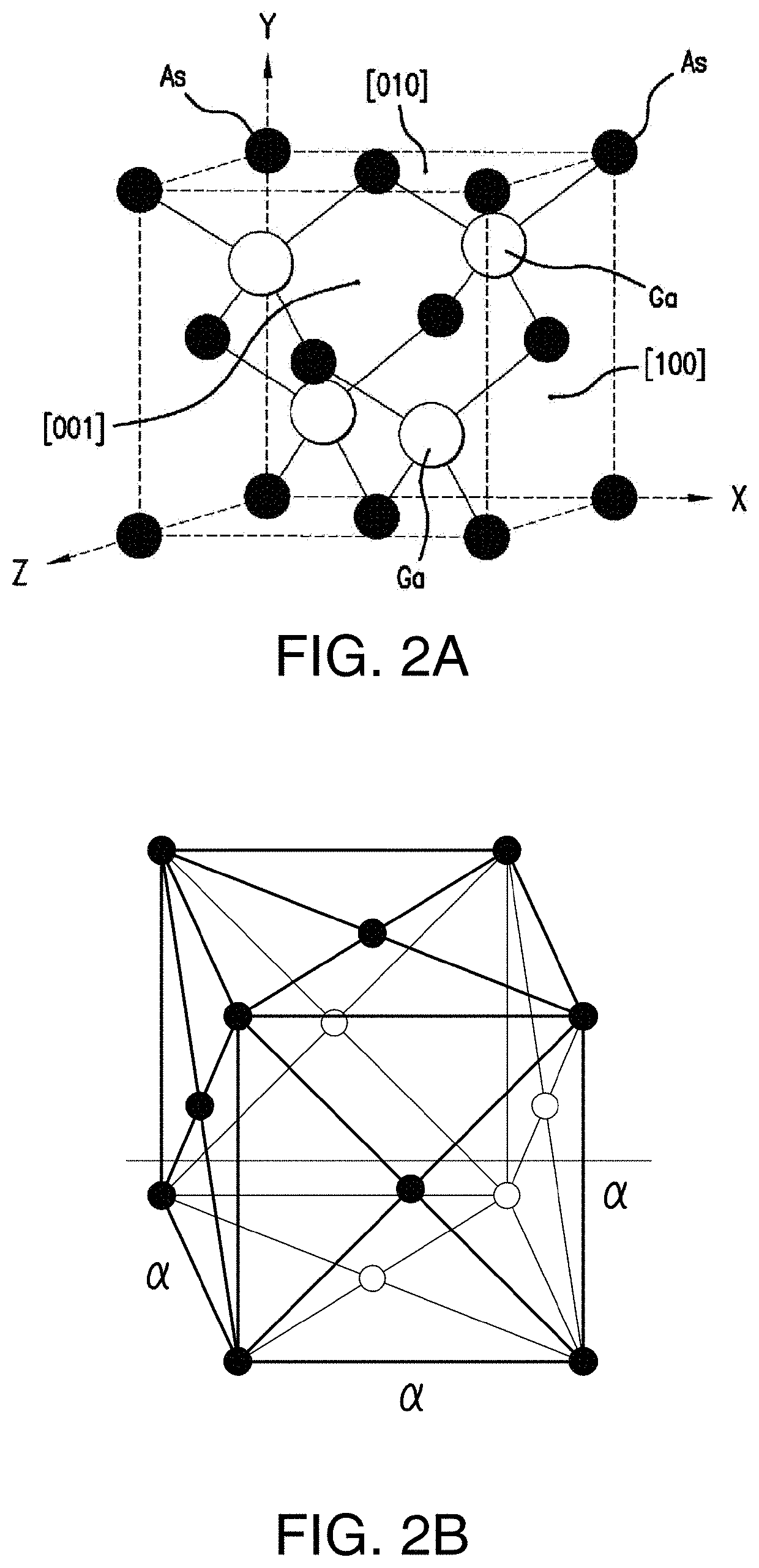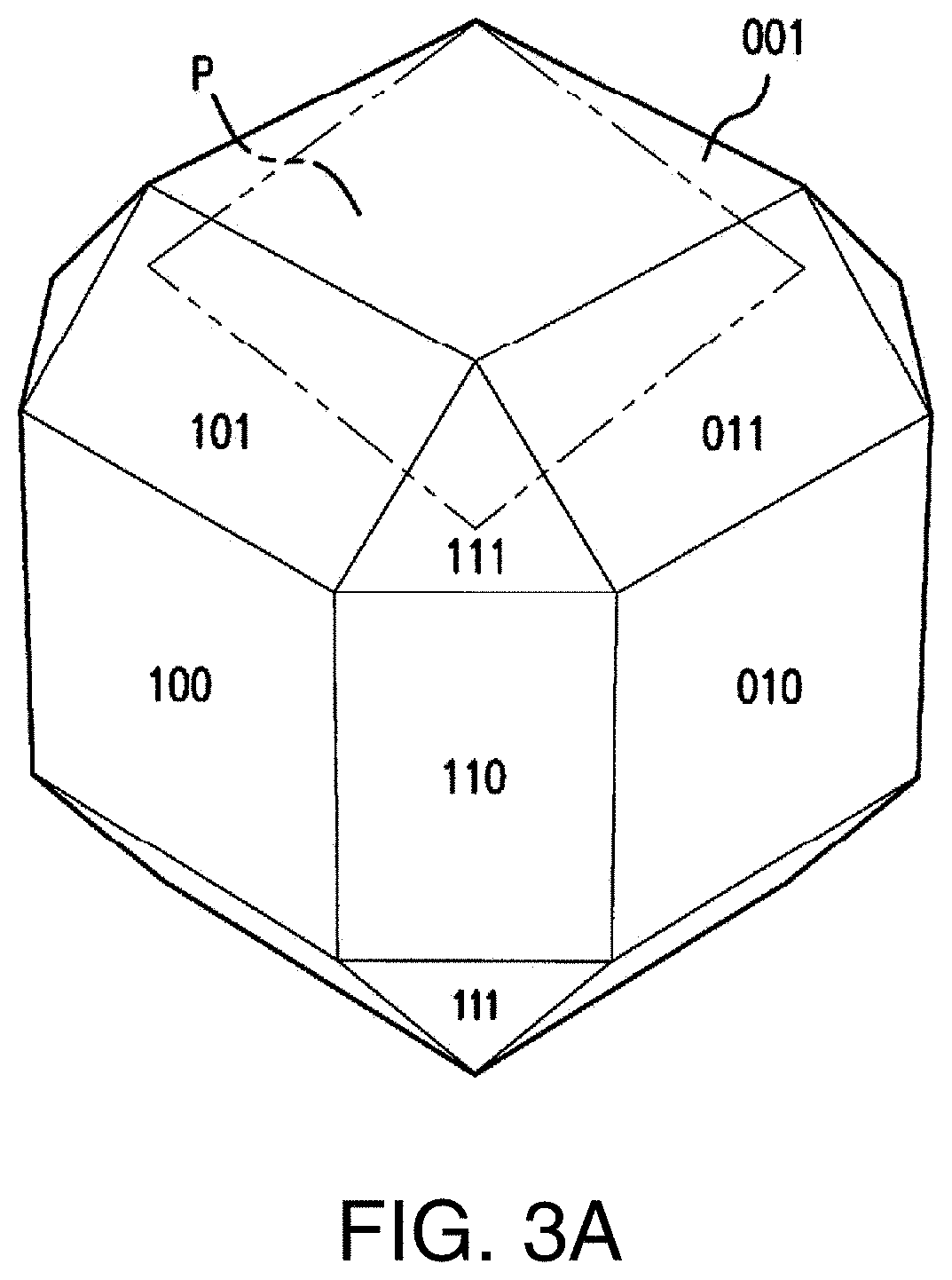Compared to
silicon, III-V
compound semiconductor multijunction devices have greater energy conversion efficiencies and are generally more
radiation resistance, although they tend to be more complex to properly specify and manufacture.
Such rigorous testing and qualifications are not generally applicable to terrestrial solar cells and
solar cell arrays.
The space solar cells and arrays experience a variety of complex environments in space missions, including the vastly different illumination levels and temperatures seen during normal earth orbiting missions, as well as even more challenging environments for deep space missions, operating at different distances from the sun, such as at 0.7, 1.0 and 3.0 AU (AU meaning astronomical units).
The
photovoltaic arrays also endure anomalous events from space environmental conditions, and unforeseen environmental interactions during exploration missions.
Hence,
electron and
proton radiation exposure, collisions with
space debris, and / or
normal aging in the photovoltaic array and other systems could cause suboptimal operating conditions that degrade the overall power
system performance, and may result in failures of one or more solar cells or array strings and consequent loss of power.
Such precautions are generally unnecessary in terrestrial applications.
In summary, it is evident that the differences in design, materials, and configurations between a space-qualified III-V
compound semiconductor solar
cell and subassemblies and arrays of such solar cells, on the one hand, and silicon solar cells or other photovoltaic devices used in terrestrial applications, on the other hand, are so substantial that prior teachings associated with silicon or other terrestrial
photovoltaic system are simply unsuitable and have no applicability to the design configuration of space-qualified solar cells and arrays.
Charged particles in space could lead to damage to solar
cell structures, and in some cases, dangerously
high voltage being established across individual devices or conductors in the solar array.
These large voltages can lead to catastrophic electrostatic discharging (ESD) events.
However, in reality, changing a material parameter that increases the
voltage may result in a decrease in current, and therefore a lower
power output.
Such
material design parameters are interdependent and interact in complex and often unpredictable ways, and for that reason are not “result effective” variables that those skilled in the art confronted with complex design specifications and practical operational considerations can easily adjust to optimize performance.
Although the various electrical contributions to the
Fill Factor such as series resistance, shunt resistance, and ideality (a measure of how closely the semiconductor
diode follows the ideal
diode equation) may be theoretically understood, from a practical perspective the actual
Fill Factor of a given subcell cannot always be predicted, and the effect of making an
incremental change in composition or
band gap of a layer may have unanticipated consequences and effects on the solar subcell semiconductor material, and therefore an unrecognized or unappreciated effect on the
Fill Factor.
Thus, the Voc and Jsc parameters, either alone or in combination, are not necessarily “result effective” variables that those skilled in the art confronted with complex design specifications and practical operational considerations can easily adjust to optimize performance.
Furthermore, the fact that the
short circuit current density (Jsc), the
open circuit voltage (Voc), and the
fill factor (FF), are affected by the slightest change in such design variables, the purity or quality of the chemical pre-cursors, or the specific process flow and fabrication equipment used, and such considerations further complicates the proper specification of design parameters and predicting the efficiency of a proposed design which may appear “on paper” to be advantageous.
Here again there are trade-offs between including specific elements in the composition of a layer which may result in improved
voltage associated with such subcell and therefore potentially a greater
power output, and deviation from exact
crystal lattice matching with adjoining layers as a consequence of including such elements in the layer which may result in a higher probability of defects, and therefore lower manufacturing yield.
Mismatches in the lattice constants create defects or dislocations in the
crystal lattice where recombination centers can occur to cause the loss of photogenerated minority carriers, thus significantly degrading the photovoltaic quality of the device.
Depending on the thickness and resulting flexibility of the substrate employed, the
residual stress leads results in an undesirable curvature or “bowing” of the
wafer after fabrication of the epitaxial layers.
Consequentially, the
processing of such wafers is made more difficult than if the wafers were perfectly flat, which reduces the production yield and thereby increases production costs.
Although various proposals have been made for reducing the
wafer bow, prior to the development set forth in this disclosure, the amount of amelioration has not been satisfactory.
 Login to View More
Login to View More  Login to View More
Login to View More 


